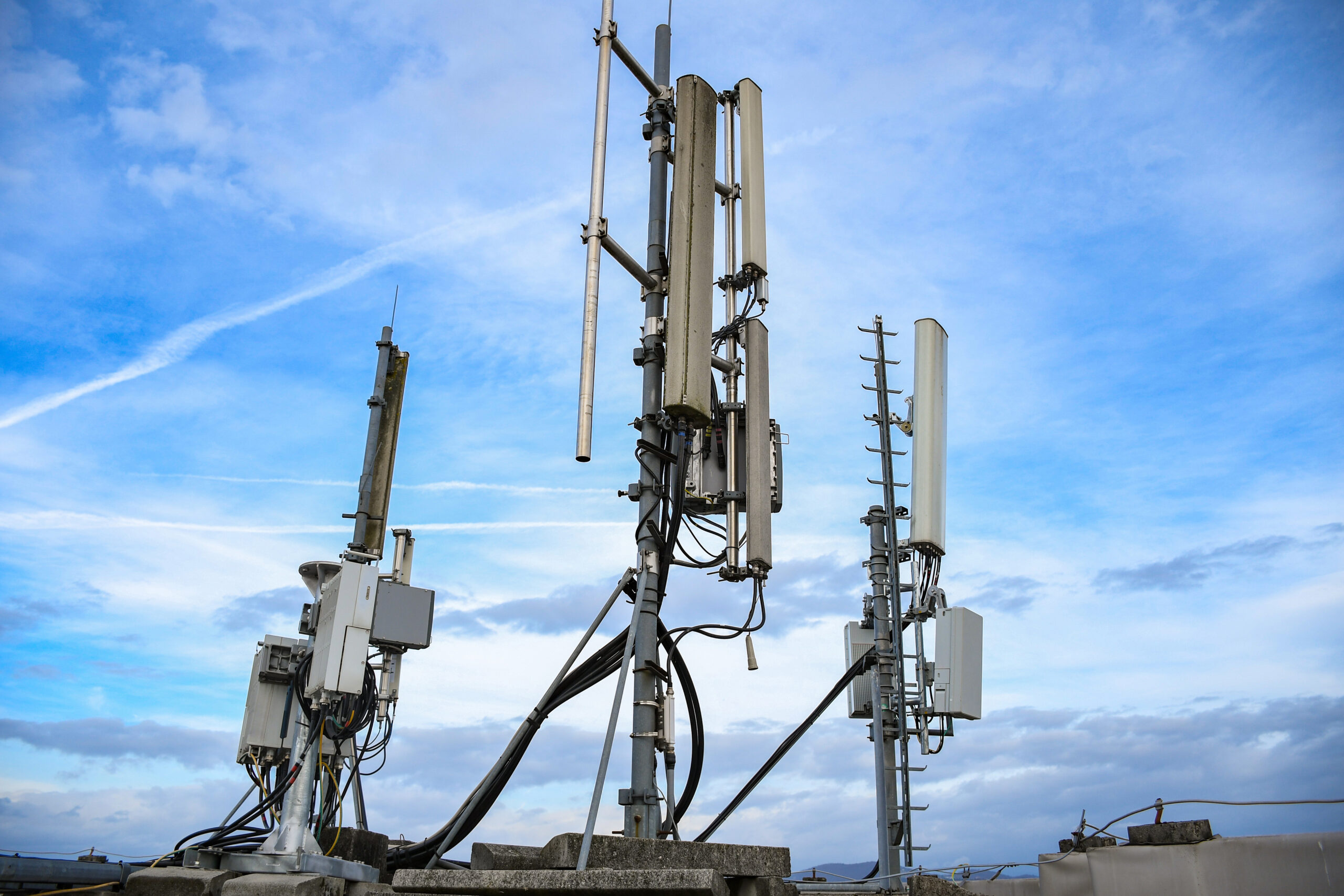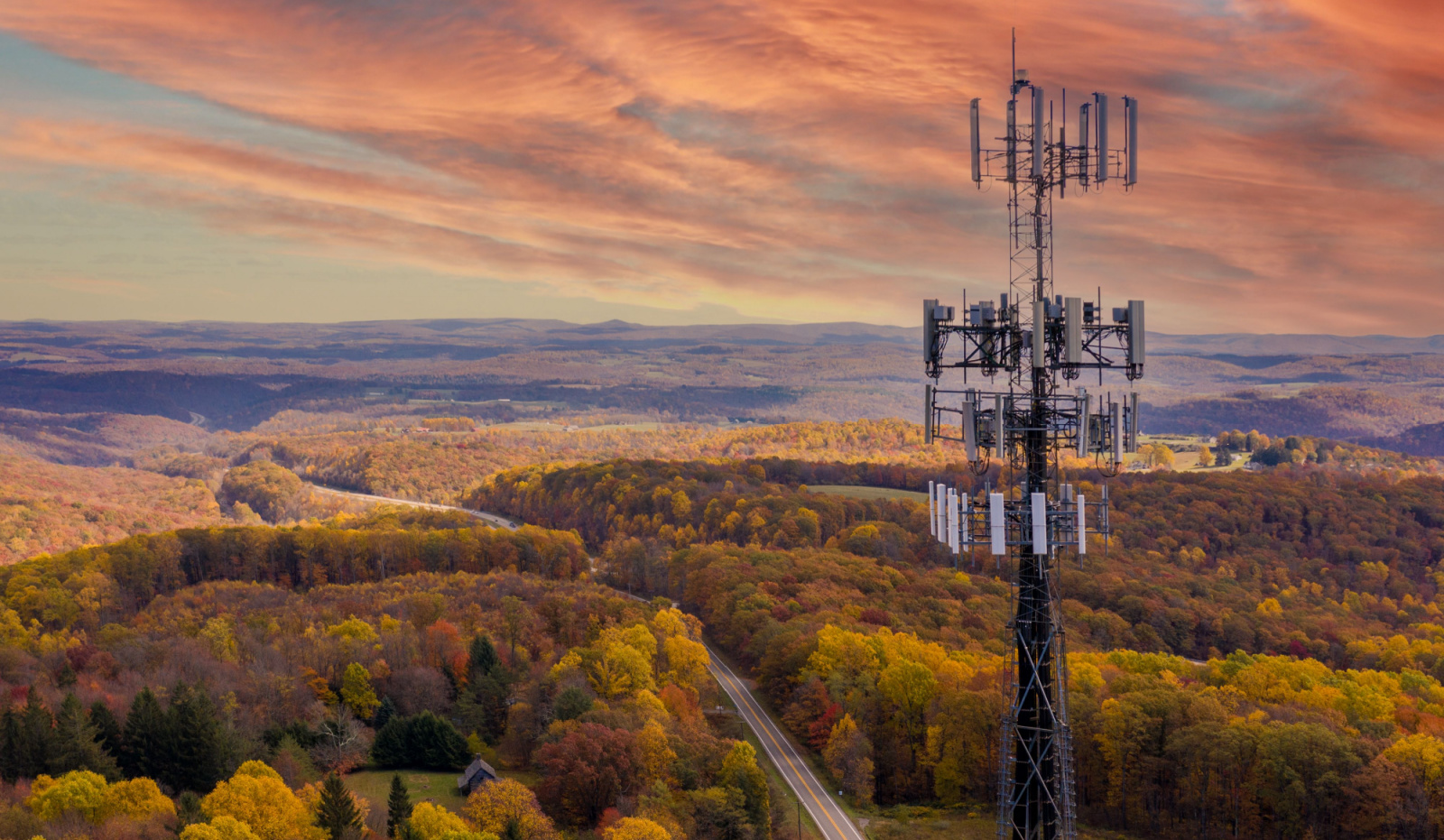“Let’s See Action”: We Need More Spectrum for 5G
Spectrum policy is like the “British Invasion” — everyone has their favorite band. Personally, I’m a huge Rolling Stones fan, but I respect the enormous impact of the Beatles, the guitar god progeny of the Yardbirds, and the unique sounds of the Zombies. Like the British Invasion bands, some people favor certain spectrum bands over others. Some people favor low-band spectrum because it propagates well over long distances. Some people favor high-band spectrum for data-intensive uses, like streaming video. Some people favor mid-band spectrum because it has a mix of the best of both with good capacity and propagation. However, next generation “5G” technologies will require low-, mid-, and high-band spectrum, so “anyway, anyhow, anywhere” you look at it, allocating more spectrum for commercial use should be a U.S. government priority.
The Federal Communications Commission (FCC) is the Federal agency that manages spectrum for non-Federal, commercial users, i.e. the spectrum used for our mobile phone connections. Over the years, the FCC has made great strides in making more spectrum bands available for commercial use — not just in “bits and pieces”. Recently, under Chairman Ajit Pai, the FCC has freed up 1.55 GHz of high-band spectrum, including earlier this month when it auctioned off licenses for operations in the 28 GHz band to the tune of about $700 million. The 24 GHz auction, which will likely conclude next month, has raised over $1.6 billion so far. Indeed, the FCC plans to have three more auctions this year for even higher, millimeter wave “mmW” spectrum in the 37, 39, and 47 GHz bands.
“Get Off of My Cloud”
Despite the fact that these auctions have occurred, other government agencies sought to delay the 24 GHz auction just days before it was set to occur, claiming that auctioning off this spectrum would hurt data gathering for weather forecasting. The National Oceanic and Atmospheric Administration (NOAA) and National Aeronautics and Space Administration (NASA), in particular, argued that there could be interference with data collection from satellite-borne microwave sensors that monitor atmospheric water vapor.
It is important to note that the FCC has auctioned off licenses to operate from 24.25-24.45 and 24.75-25.25 GHz in various parts of the country, but NOAA and NASA are concerned about operations in adjacent bands from 23.6-24 GHz. Last year, when the FCC adopted rules for the 24 GHz band, and paved the way for the auction, it “recognize[d] the need to protect . . . passive satellite operations (in the 23.6-24 GHz band) that provide important data necessary for weather predictions and warnings.” Because international, interference protection standards were still under consideration, the FCC said it would consider modification of out-of-band limits once the standards were set, and it “encourage[d] non-Federal operators in the 24 GHz band to monitor . . . studies and to plan their systems . . . to taken the potential for additional future protection of passive sensors in the 23.6-24.0 GHz band.” In any event, the FCC’s rules went through the Interdepartment Radio Advisory Committee (IRAC) process, which includes NASA and NOAA’s parent agency, the Department of Commerce. The State Department sided with the FCC.
More importantly, this is problematic because actions like these could delay the deployment of 5G and the wave of new technologies and innovations that could occur as a result of greater connectivity.
It’s the “Time of the Season” for 5G
Although 5G standards are still in progress, the technologies will be notable for higher speed connections (up to 10 Gbps or about 100 times faster than existing mobile technologies “4G”) and connections with lower latency (under 1 millisecond (ms) compared to 30-70 ms for 4G). Making more high-band spectrum, like the 24 GHz band, available for commercial use is crucial for 5G, because it can facilitate more data-intensive uses as capacity increases at higher frequencies. The downside is that high-band spectrum is more vulnerable to propagation loss from obstructions like tree foliage, different types of terrain, and it has difficulty penetrating through buildings. However, technical and engineering innovations, like re-use, sharing, and more efficient power use, have opened up new possibilities for high-band spectrum.
High-band spectrum can enable short-range devices that require instantaneous communication and connections. “Baby you can drive my car” will take on a different meaning as autonomous vehicles will drive themselves. However, these vehicles will need high-band spectrum to enable communications at extremely low latency and high capacity that will send data from sensors — estimated at 4 terabytes (TB) per hour and a half — to a cloud platform to be analyzed by artificial intelligence (AI). Virtual reality (VR) and augmented reality (AR) will certainly help enhance videogame experiences, and they can also help those with disabilities and post-traumatic stress disorder (PTSD), but they will also require low latency connections facilitated by high-band spectrum. Companies like Starry are pursuing new ways of delivering high-capacity broadband to more consumers, providing more competition for broadband Internet access service (BIAS).
“Time is (Not) on [Our] Side”
In the global race to 5G, “time is (not) on [our] side”. Other countries are at more advanced stages in allocating spectrum for commercial, mobile use. A recent study found that by 2020, China will have assigned 500 MHz of mid-band spectrum, South Korea will have assigned 280 MHz, Japan 700 MHz, but the U.S. will have assigned just 150 MHz. The United States needs to expeditiously repurpose more spectrum for commercial use. This will ensure that American companies can take a global lead through greater connectivity and investing in new technologies.
In addition to the FCC’s actions to auction off more spectrum, some Members of Congress, like Senators Hassan and Gardner and Congressman Doyle and former Congressman Lance, introduced the AIRWAVES Act, in the last Congress. The bill would set a timeline for auctioning low-, mid-, and high-band spectrum. Instead of quarreling about which band is better, “let’s see action” from U.S. government agencies working in concert to maintain the United States’ competitive edge and ensure that Americans can innovate and benefit from greater connectivity enabled by 5G technologies.








